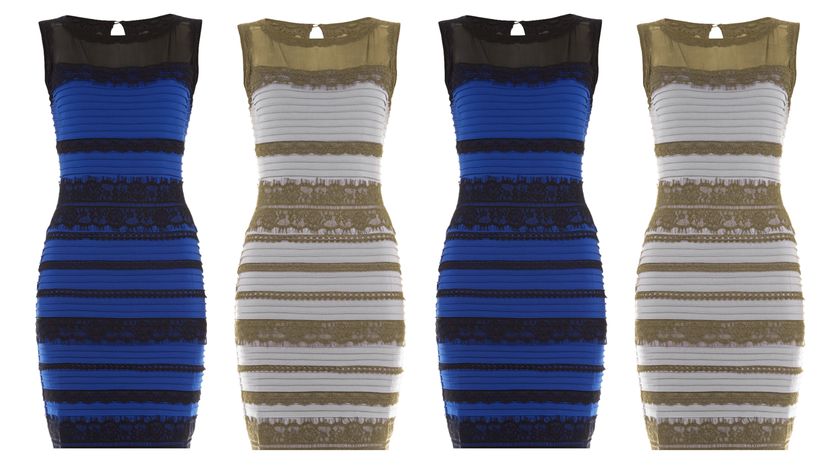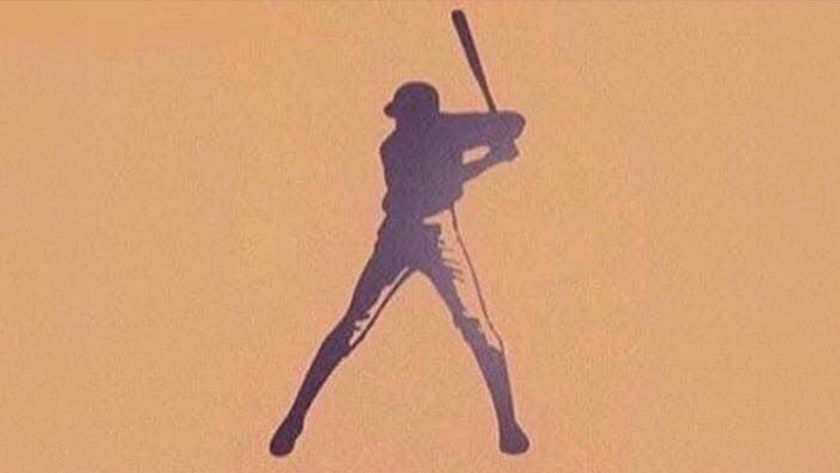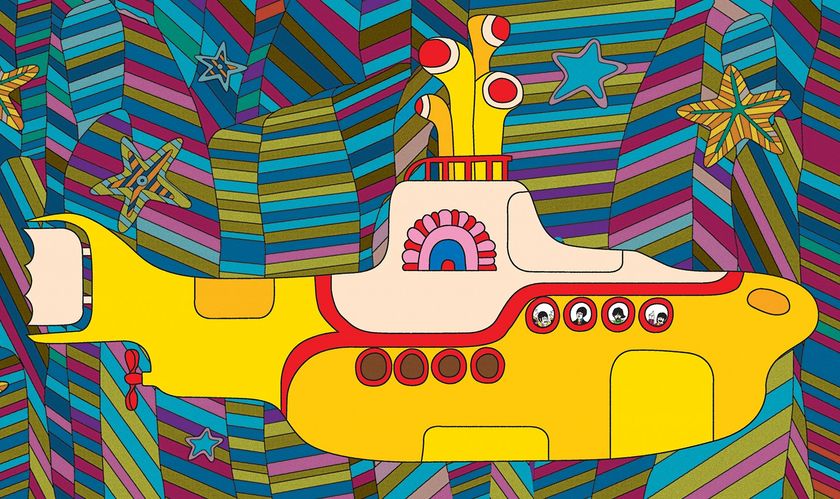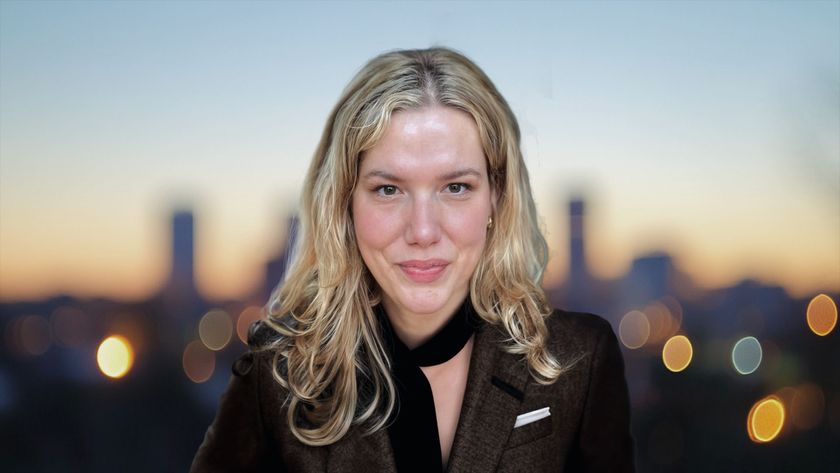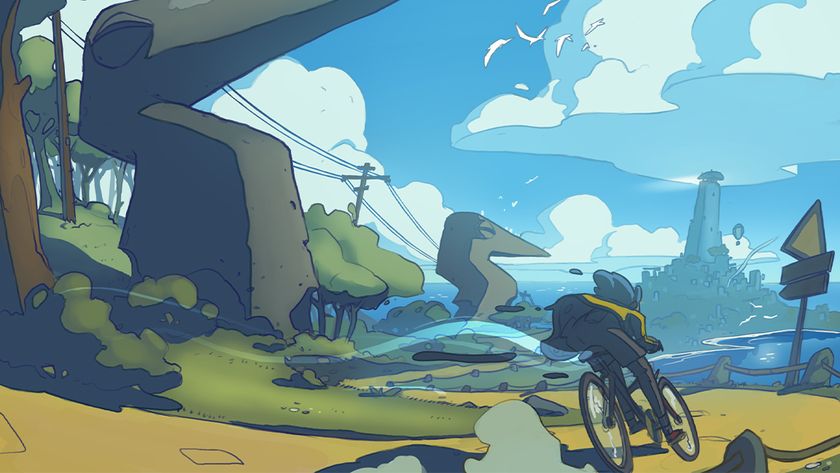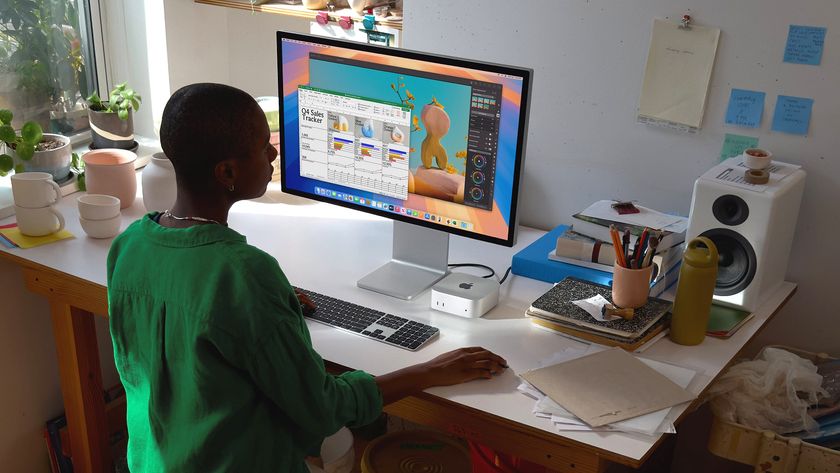First Impressions: freelance illustrator Marie-Alice Harel loves "the freedom" her work offers
The successful artist has illustrated Peruvian folk tales, Howl's Moving Castle and Neil Gaiman stories.
Marie-Alice Harel is an author and illustrator. She started freelancing in 2016 after working in research and completing a PhD in geosciences. Her work can be found in illustrated books for readers of all ages, as well as galleries. She also teaches book illustration through Schoolism.
If you're inspired by Marie-Alice's work and interview (below) then read our guide to the best digital art software, useful for illustrators. Many artists now use Procreate for iPad, which emulates the flow of traditional paints and pencils; read our advice on all the best drawing apps for iPad. Naturally, we have guides to the best pencils for artists too.
You can follow Marie-Alice Harel on her website, where the artist shares new artwork, books and takes on new commissions.
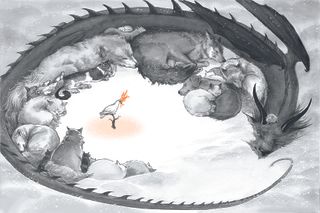
CB Where did you grow up and how has this influenced your art?
Marie-Alice Harel: I grew up in a village near Toulouse, in the south of France. I had absolutely no plans and no conscious wish to focus on a creative career pretty much until I turned 30 in 2016, so it’s somehow hard for me to look at my childhood with that perspective.
My work is fuelled by stories, imagination and escapism, as well as, I hope, a sense of peace and compassion. Spending time alone as a child, outside in the garden or in the countryside at my grandparents’ farm, as well as having the privilege to travel thanks to my parents, must have all seeped into my work.
It probably didn’t hurt either that France has such a rich and thriving culture. The first book I remember buying with my pocket money was a small catalogue of the Orsay Museum in Paris. That’s how I discovered the incredible paintings of the impressionists, and maybe my favourite museum collection in the world. I had a print of Van Gogh’s Wheat Field with Cypresses on my wall as a teenager.
CB: What, outside of art, has most influenced your work?
MH: Nature and animals are a constant source of inspiration and grounding for me. Travelling never ceases to inspire: new sights, different ways to see the world, a diversity of human experiences, stories and histories, each with their own visual language regarding colours, art, clothes, architecture and landscapes. My personal projects, books and stories often start with a place or culture that I’m curious to explore.
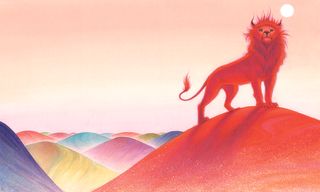
CB: Is there a painting you saw in your formative years that changed everything? What was it?
MH: Not so much a painting but a painter: Edmund Dulac. There was a retrospective of his illustrations in the winter of 2008 at the public library in Toulouse. I was studying fluid mechanics at that time. It blew my mind, and opened the door to the Golden Age of illustration; an enchanted rabbit hole for me.
Maybe this gave me a direction too; not just art and illustrations, but art for books and stories. I’ve had other art crushes before and since, but this one feels particularly significant to the way I work. I feel a sympathy with Dulac’s work and also his life: we were both born in Toulouse, and migrated to the UK. I find that his major influences – art from the Far East and the Middle East – are also mine.
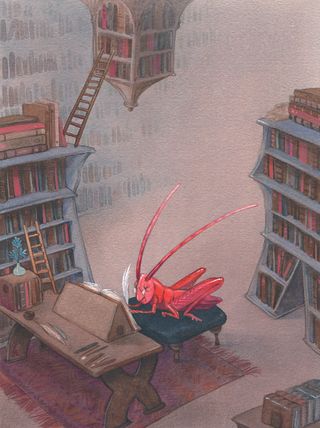
CB: What was your first ever paid commission, and does it stand as a representation of your talent?
MH: My first paid work was for a French literary magazine called TétrasLire. I approached them at the Montreuil Children’s Book Fair with my portfolio under my arm, and will always be grateful that they were my first client. I’ve continued to work with them throughout the years, trying to improve and expand my work with every new commission.
I had to do four illustrations for a Peruvian folk tale for that first job. I’m still very fond of the portrait I painted for the title page. As for the other three, looking at them now helps me see where I’ve improved, and where I still need to improve.
CB: What’s the last piece you finished, and how do the two differ?
MH: One of the last jobs I completed was illustrations for a picture book called Pandora and the Story Forge. While my sense of design, values, colour and composition has improved a lot since my first commission, there are aspects of my old work that I struggle a bit to keep alive.
The energy and freedom of my first few years as an artist have suffered a bit from the constraints of freelance life. Juggling projects, clients, emails, money and other demands on a daily basis puts pressure on the creative side of the job, and it’s something that I have to be more and more mindful of as I go forward.
I often feel rushed when I work now, because I know I have a tight schedule to keep. This pressure that can sometimes help the work, but it’s tiring and a dangerous habit to have in the long-term.
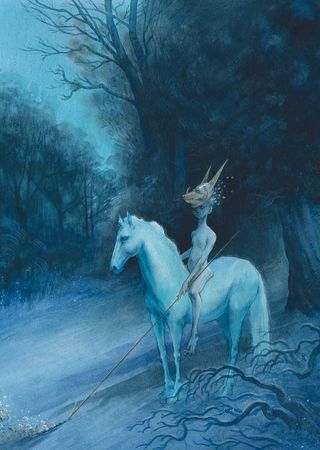
CB: How has the industry of art changed for the better since you’ve been working in it?
MH: With the Black Lives Matter movement, I’ve seen more diverse representation both on and off the page. While there’s still a long way to go, this fills me with hope. Being exposed to diversity, especially as a child but for adults too, is a first and crucial step towards a more compassionate world.
When we learn to see ourselves in others, who may look, sound or behave differently, it becomes harder to justify conflicts, wars and injustice.
CB: Is making a living as an artist all you thought it would be?
MH: Absolutely not, it’s both more rewarding and more challenging than I thought it would be. I had a very narrow and somewhat negative view of the artist’s life growing up – some of which I still have to remind myself to shake off from time to time.
Every artist’s life is different of course; each with their own challenges and rewards. But for me, the freedom it offers is marvellous. I love that I can choose and work on my own projects if I want to, and plan my time as I see fit, doing something that I’m truly passionate about.
That comes at a cost of course, and some aspects of the creative life are surprisingly difficult to manage. Beyond the precarious income and lifestyle, being a creative means spending a lot of time alone in your own head, which can be either lovely or tricky at times, and time management is often a nightmare.
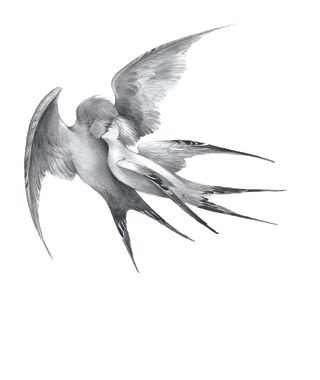
CB: What advice would you give to your younger self to aid you on the way?
MH: You’ve got this. What you are is all you need. You have more inside you than you think, and what you don’t know yet, you can learn. Trust yourself and make your own way.
CB: What character or scene that you’ve painted do you most identify with?
MH: I have a tendency to draw characters bonding with animals. I like people, most of the time, but I often prefer to socialise with animals. They’ve been a constant source of comfort and wonder throughout my life, as I hope I was – and am – in theirs.
In my latest picture book, Pandora and the Story Forge, the last page represents a little girl writing at a desk, sitting in a world all of her own, complete with a curious black cat and a protective dragon. This image feels close to my heart and echoes some of my own dreams as a little girl. That’s the magic of storytelling.

CB: What artist or franchise would be your dream collaboration?
MH: At the moment I’m trying to prioritise my own projects and stories. I’m working on a novel, as well as other shorter illustrated stories and art books. These are the worlds I long to explore the most.
But collaborations are always fun and give me the opportunity to visit other people’s imaginations. So far, I’ve had the chance to illustrate for exceptional storytellers: Diana Wynne Jones’ Howl’s Moving Castle, Michael Ende’s The Neverending Story, Neil Gaiman’s What You Need to Be Warm poem, and work by Katherine Rundell. I’d love to keep exploring stories with such fantastic storytellers.
You have more inside than you think, and what you don’t know yet, you can learn
Marie-Alice Harel
The first illustration that I painted in colour for a story, which I did off my own back, was for The Sword in the Stone by T.H. White. I suspect The Once and Future King would be a lovely book to illustrate too. And then there are all the classics that populate my childhood and imagination, such as Peter Pan and Alice in Wonderland.
More recently, I discovered the Chronicles of Prydain by Lloyd Alexander, as well as the stories of Nicholas Stuart Gray. These two authors are at the top of my list of dream projects right now.
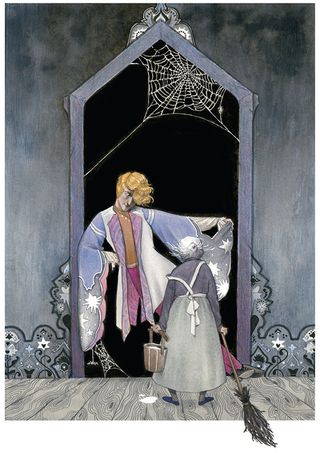
This content originally appeared in ImagineFX magazine, the world's leading digital art and fantasy art magazine. ImagineFX is on sale in the UK, Europe, United States, Canada, Australia and more. Limited numbers of ImagineFX print editions are available for delivery from our online store (the shipping costs are included in all prices).
Get the Creative Bloq Newsletter
Daily design news, reviews, how-tos and more, as picked by the editors.

Thank you for reading 5 articles this month* Join now for unlimited access
Enjoy your first month for just £1 / $1 / €1
*Read 5 free articles per month without a subscription

Join now for unlimited access
Try first month for just £1 / $1 / €1
ImagineFX is the No.1 selling digital art magazine for fantasy and sci-fi enthusiasts! Featuring digital and traditional drawing skills, game design, manga and film art each issue is crammed with training and inspiration from leading artists in their fields. Whether it's learning from comic art's Adam Hughes, fantasy art's John Howe, or digital painting's Loish, ImagineFX has you covered. ImagineFX has been inspiring artists for 15 years!

